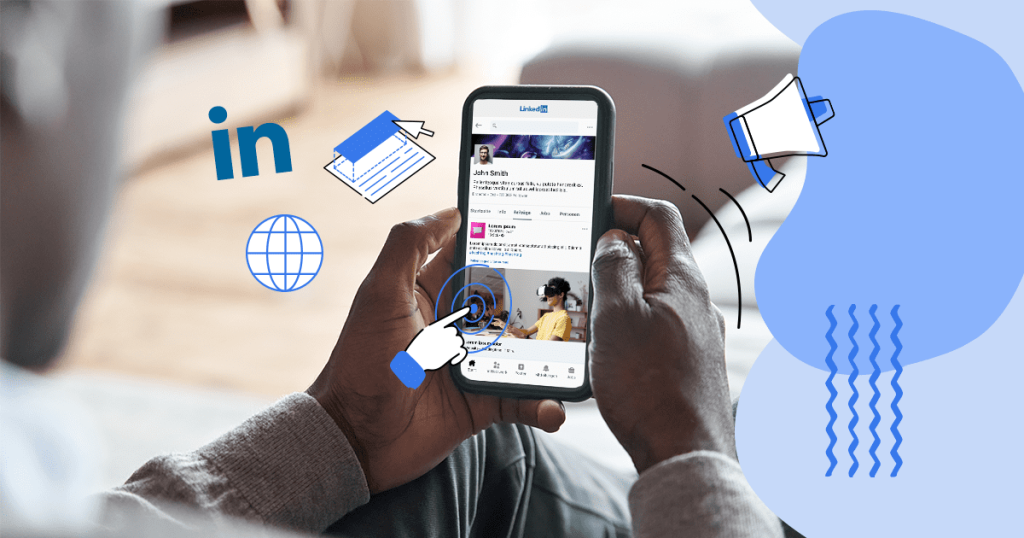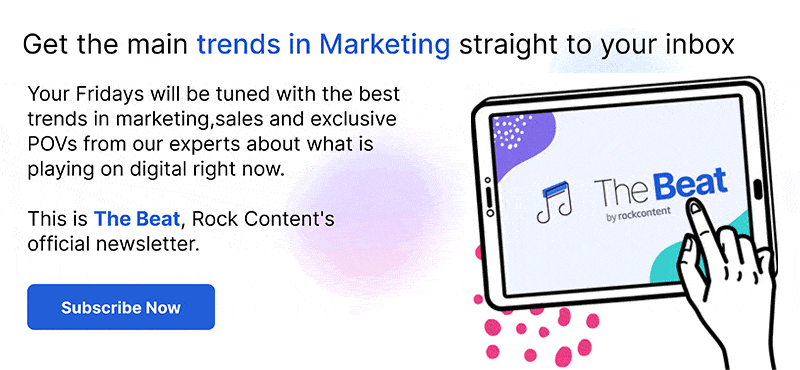If you’ve used Linkedin’s InMail to send sponsored messages to your audience, you’ve probably asked yourself some questions about the best way to create your text.
Knowing that many users are concerned about that, Linkedin recently released a study conducted by Lavender on best practices to help increase the results of this strategy.
The company gathered data from 28.3 million messages to come up with great practical tips that can change your game on Linkedin. Next, I’ll share the main insights and how to put them into practice to optimize your efforts. At the end of the article, I’ll give a final statement that I think summarizes all the tips.
What is the difference between InMail and Email marketing?
First of all, it is important to point out that a sponsored message in Linkedin’s InMail, now called Sponsored Messaging, and Email Marketing have some similarities, but they do not necessarily share the same best practices.
With email, sent messages go into the inbox (when they don’t go to spam) and the user almost feels obliged to open it (at least I feel this way), since our email inbox is practically a to-do list. On LinkedIn, InMail goes to the user’s message box, who doesn’t see the tool as just a way to keep in touch with other people in the market.
5 Best Practices for LinkedIn InMail Messaging
Now, let’s get down to business: how to build your sponsored message to get more responses and not be ignored on LinkedIn? Most of the tips have more to do with how you write content, so having good copywriting knowledge can be a huge advantage!
1) Write short messages
That’s right, on Linkedin’s InMail, more objective messages get more responses. Just take a look at the chart below. According to the research, messages with 25-50 words get 65% more responses, although the tool allows you to write 1900 characters.
So you know, less is more!
2) Avoid complex language
This tip works for other types of content too, and it makes a huge difference in InMail. Avoid fancy words and remember that the user should make no effort to understand what you mean.
Therefore, avoid jargon and be minimalist. Keep in mind that anyone who reads the message needs to understand what you want to convey right away. Just remember that this conclusion has to do with the clarity of the text and was extracted from the research, which took into account the number of syllables, sentences and paragraphs in the messages analyzed.
Source: LinkedIn
3) Include personalization
As with email, the more personal you manage to be, the more attention your audience will pay. But how do you do this in a sponsored message, sent to multiple users?
The answer is segmentation. Advertise by segments, defining the attributes of the audience you want to reach. I’m talking about targeting criteria configured when creating your ad, such as job title, sector or skills. Thus, you can write a text aimed at professionals in a specific industry, for example, and be more assertive.
4) Give preference to the passive voice
This one is curious, but it seems to work. Give up the informative tone, full of information and data, and think about your audience. What do they need? How can you help them?
Show that you’re interested in knowing how you can be useful right now, make assumptions about your audience’s pain, and be unpretentious. Thus, the user will be more tempted to respond and your message becomes more inviting to begin a conversation.
Source: LinkedIn
Bonus: stay interested!
Finally, a tip in case your message gets a response: ask more questions. Try to understand more about the person you are talking to and add even more personalization to continue the conversation. As you can see in the chart below, asking questions increases your chances of getting answers.
Source: LinkedIn
People want to be heard
If you stop to think about it, these best practices from this research make perfect sense. After all, we live in a time when people are bombarded with information. That’s why they don’t have time to waste and, at the same time, they want to be heard.
Summarizing, the key to increasing your response rate on LinkedIn’s InMail seems to be combining an objective and easy-to-understand message with personalization and focus on your audience.
Bearing in mind that LinkedIn wants to separate spam from the inbox, it’s important to think about optimizing your sponsored messages as soon as possible.
Try putting these recommendations into practice and let me know if it worked for you!
Do you want to continue to be updated with Marketing best practices? I strongly suggest that you subscribe to The Beat, Rock Content’s interactive newsletter. There, you’ll find all the trends that matter in the Digital Marketing landscape. See you there!








